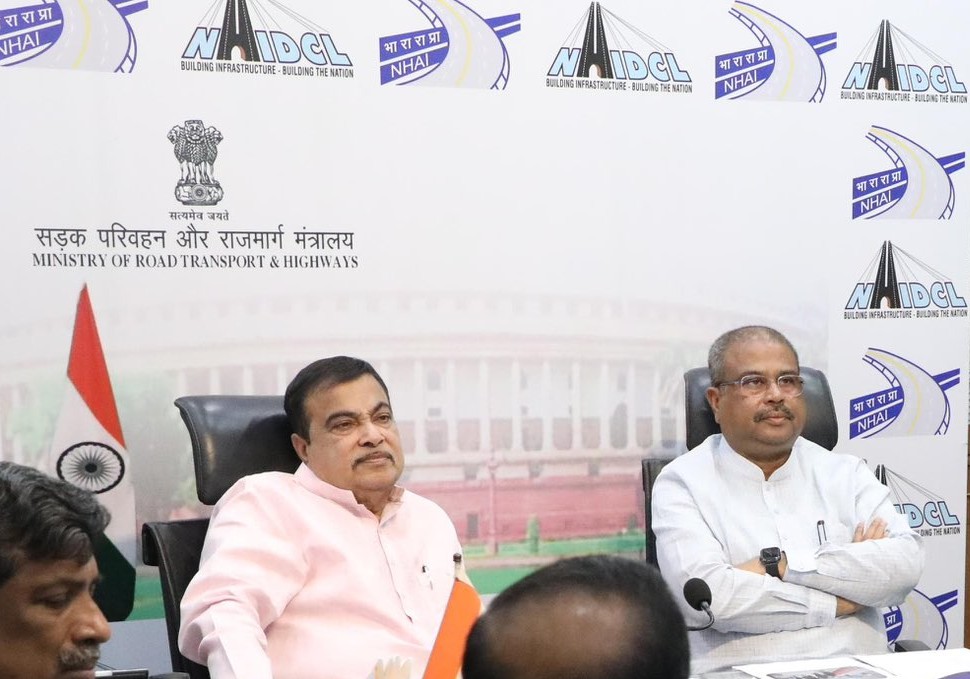India’s deepening road safety crisis, with over 1.68 lakh lives lost in 2022, underscores the urgent need for an integrated, well-coordinated strategy. Under the leadership of Union Minister Shri Nitin Gadkari, the Ministry of Road Transport and Highways has introduced commendable reforms including the Motor Vehicles (Amendment) Act, 2019, the Sadak Suraksha Abhiyaan, and more recently, collaborative efforts with the Ministry of Education to integrate road safety into school curricula. These initiatives reflect a clear ministerial commitment to legal, educational, and behavioural change. However, the absence of institutional convergence between Centre and States continues to stall meaningful transformation. This article calls for a national-level framework that is centrally envisioned yet locally adapted, with active inter-departmental coordination and state-led execution.
Keywords : Road Safety, Central-State Coordination, Driver Training and Licensing, Sadak Suraksha Abhiyaan, Ministerial Initiatives.
In India today, road safety is no longer a sectoral issue—it has emerged as a public health and national security challenge. The numbers speak for themselves. In 2022, a total of 4,61,312 accidents were reported, leading to 1,68,491 fatalities and 4,43,366 injuries, as per the Ministry of Road Transport and Highways. This translates to 53 accidents and 19 deaths every hour—a brutal reality playing out across our highways, urban junctions, and village roads alike.
The age group between 15 and 49 years, the most economically productive segment, remains the worst affected. The consequences are not only personal tragedies but also national losses—lives, livelihoods, and labour, all wasted on account of preventable accidents.
The central government, led by Shri Nitin Gadkari, has been assertive in bringing road safety into mainstream governance. Measures such as enhanced penalties under the Motor Vehicles (Amendment) Act, 2019, and awareness campaigns like the Sadak Suraksha Abhiyaan, reflect a robust push to improve compliance and public awareness. But the road from policy to pavement remains riddled with gaps.
One key intervention is the joint initiative between MoRTH and the Ministry of Education, led by Shri Dharmendra Pradhan. The move to integrate road safety values within school education is both forward-thinking and necessary. Creating a generation that respects road discipline is perhaps the only long-term answer to the behavioural gaps seen among Indian drivers. But such efforts will fall short unless state governments assume ownership and translate intent into effective school-level action.
Equally pressing is the condition of India’s driver licensing and training system. In most states, acquiring a licence remains a procedural formality—rarely a true test of road readiness. Many drivers lack exposure to essential practices such as defensive driving, hazard anticipation, or basic emergency response. Driving schools, where they exist, often prioritise clearance over competence. This results in a road environment dominated by underprepared and often reckless drivers.
This systemic failure must be addressed by overhauling the licensing architecture. Accredited Driver Training Centres, backed by practical simulations and behavioural training, should become mandatory. Drivers must be evaluated on real-world capability, not just theoretical knowledge or scripted manoeuvres.
Meanwhile, infrastructure remains a chronic pain point. Roads with poor geometrics, unclear signage, broken medians, and dangerous blackspots continue to take lives. State governments must treat infrastructure rectification as a continuous safety obligation, not just a budgetary item. A safety-oriented approach to road design, responsive traffic management, and the deployment of technology-based enforcement tools—such as AI cameras, real-time violation tracking, and blackspot analytics—must become standard practice.
The task at hand is not just technical—it is institutional. States like Tamil Nadu and Maharashtra have shown the benefits of cross-sector coordination. Their success stems from data-led task forces involving transport, police, health, and urban departments, aligned toward clear safety goals. Such collaborative governance models must be replicated nationwide.
Even as the Union Ministry continues to push reforms from above, state-level readiness to adapt and enforce remains the decisive factor. Policies—whether around stricter penalties, automated enforcement, or awareness campaigns—must be customised for urban and rural contexts alike. One-size-fits-all prescriptions will not work in a country of India’s scale and diversity.
The sharp rise in fatalities in 2022 must serve as a turning point. The current path—well-intended but fragmented—is insufficient. India needs a unified national road safety architecture that ensures central vision is translated into state action, with clear accountability mechanisms.
To save lives and preserve national productivity, India must do more than legislate—it must implement, enforce, and educate with equal intensity. Public awareness, technological augmentation, and robust driver training form the three foundational pillars. The fourth, and perhaps most critical, is state-level execution under a nationally aligned framework.
Without this alignment, the vision of “Safe Roads for All” will remain aspirational—its realisation held back not by policy gaps, but by the absence of systemic follow-through.




